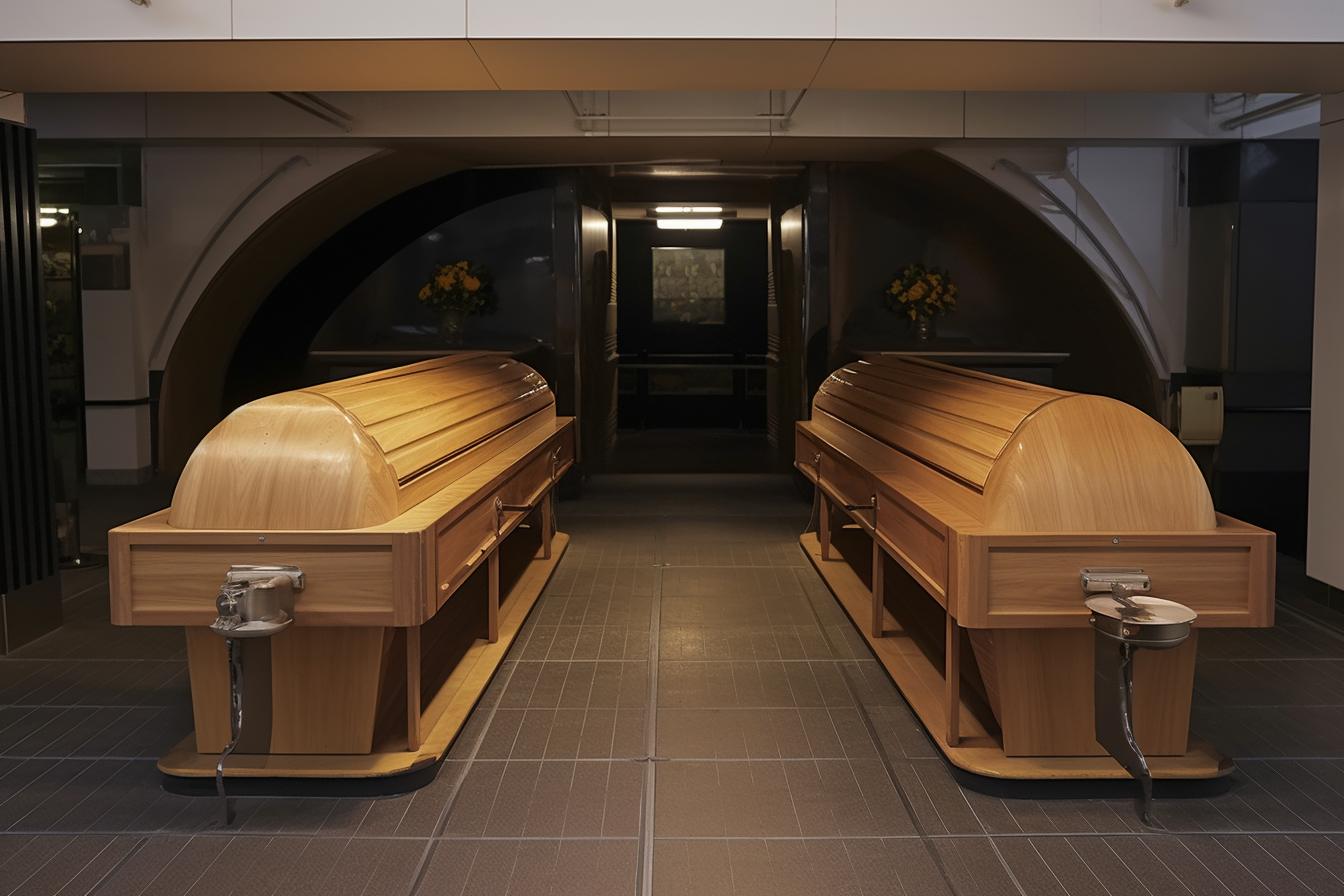THE TRUTH ABOUT CREMATION IN 2025: PROCESS AND COSTS
Cremation has become an increasingly chosen option in 2025, but many still don’t fully understand how the process works or what’s actually involved. From preparation to final memorial choices, today’s cremation services offer more flexibility than ever. Here’s what families need to know before making this important decision.

The Cremation Process Explained: Step by Step in 2025
The cremation process follows strict protocols established by state regulations and industry standards. Initially, funeral homes obtain necessary permits and complete required paperwork, including death certificates and cremation authorizations signed by next of kin. The deceased is then prepared through identification verification, removal of medical devices like pacemakers, and placement in a cremation container.
The actual cremation occurs in specialized furnaces called retorts, which reach temperatures between 1,400 and 1,800 degrees Fahrenheit. This process typically takes two to three hours, depending on body size and crematory equipment. After cooling, remaining bone fragments are processed into fine particles commonly called “ashes” or cremated remains. These remains are then placed in a temporary container or family-selected urn.
Modern crematories use advanced filtration systems to minimize environmental impact and comply with EPA regulations. Many facilities now offer viewing rooms where families can witness the beginning of the cremation process, providing closure and peace of mind about proper handling of their loved one.
How Long Cremation Takes and What’s Returned
The complete cremation timeline extends beyond the actual burning process. Most funeral homes require 24 to 48 hours after death before cremation can occur, allowing time for permit approval and family arrangements. The cremation itself takes two to four hours, followed by cooling and processing time of several additional hours.
Families typically receive cremated remains within three to seven business days after the service, though this varies by location and crematory schedules. The average adult produces approximately four to eight pounds of cremated remains, returned in either a basic plastic container or upgraded urn selected by the family.
What families receive includes all bone fragments and mineral deposits that survive the cremation process. Modern processing equipment ensures consistent texture and removes any metallic residues from medical implants or dental work. Some crematories offer certificates of cremation that document the process completion and confirm the identity of returned remains.
Modern Cremation Options and Urn Selection
Contemporary cremation services offer numerous personalization options beyond traditional urns. Biodegradable containers allow for environmentally friendly scattering or burial, while decorative urns range from simple wooden boxes to elaborate artistic pieces. Some families choose keepsake urns that divide remains among multiple family members.
Alternative memorialization includes cremation jewelry, glass art incorporating small amounts of remains, and reef balls for ocean placement. Digital memorialization services now complement physical options, creating online tribute pages and QR code monuments linking to digital memories.
Direct cremation represents the most basic service level, including only body pickup, cremation, and return of remains without ceremony. Full-service cremation incorporates viewing, funeral services, and memorial ceremonies similar to traditional burial arrangements. Many providers offer hybrid options combining direct cremation with separate memorial services.
What Families Should Know About Cremation Planning
Pre-planning cremation arrangements provides significant advantages for both individuals and surviving family members. Pre-need contracts lock in current pricing and ensure personal preferences are documented and honored. Many states require cooling-off periods for pre-need purchases, giving consumers time to review contracts thoroughly.
Religious and cultural considerations play important roles in cremation decisions. While many faiths now accept cremation, some maintain restrictions or specific requirements. Families should discuss religious implications with spiritual advisors and funeral directors to ensure arrangements align with beliefs and traditions.
Legal requirements vary significantly by state, affecting everything from waiting periods to scattering regulations. Some states require specific permits for remains transportation or scattering in public places. Families planning to scatter remains should research local laws and obtain necessary permissions before making final arrangements.
| Service Type | Provider | Cost Estimation |
|---|---|---|
| Direct Cremation | Neptune Society | $1,995 - $2,495 |
| Direct Cremation | Cremation Society of America | $1,295 - $1,795 |
| Full Service Cremation | Forest Lawn | $3,500 - $6,000 |
| Full Service Cremation | Dignity Memorial | $4,000 - $7,500 |
| Basic Urn | Local Funeral Homes | $150 - $500 |
| Premium Urn | Specialty Retailers | $500 - $2,000+ |
Prices, rates, or cost estimates mentioned in this article are based on the latest available information but may change over time. Independent research is advised before making financial decisions.
Cremation costs vary significantly based on location, service level, and provider selection. Direct cremation typically costs between $1,200 and $3,000, while full-service cremation with memorial services ranges from $3,000 to $8,000 or more. Additional expenses include urns, death certificates, permits, and optional services like flowers or obituary notices.
Geographic location substantially impacts pricing, with urban areas generally commanding higher fees than rural locations. Crematory ownership structure also affects costs, as corporate chains often charge more than independent operators or religious organizations. Families should obtain detailed price lists from multiple providers and compare services carefully before making decisions.
Understanding cremation in 2025 requires recognizing both traditional elements and modern innovations in the industry. From basic direct cremation to elaborate memorial services, families have more options than ever before. By researching processes, costs, and legal requirements, families can make informed decisions that honor their loved ones while managing financial considerations appropriately. The key lies in understanding available options and working with reputable providers who prioritize transparency and compassionate service during difficult times.




